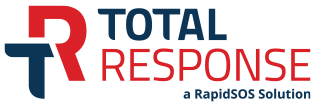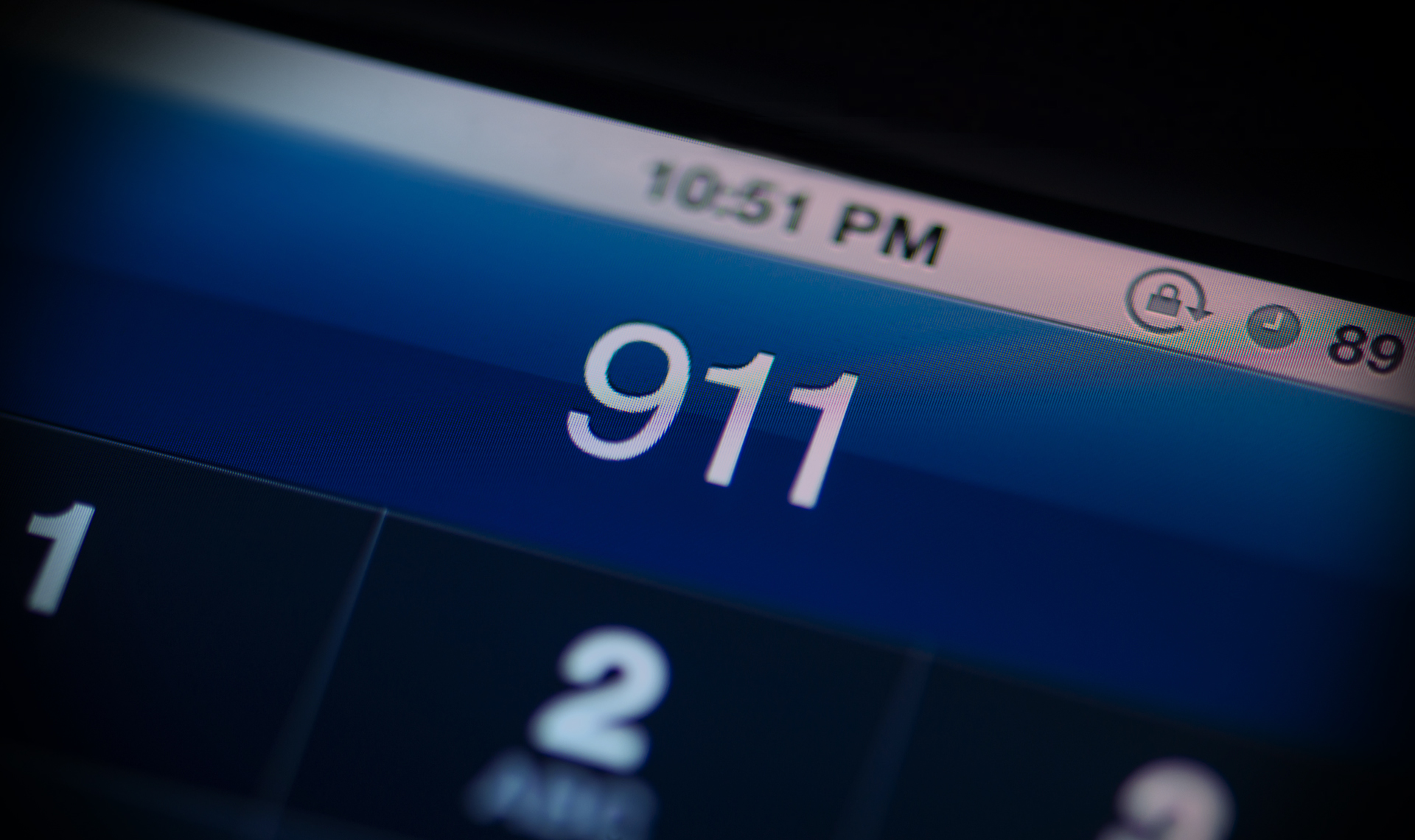After thirty years of supporting emergency communications centers across the U.S., I estimate that I have typed the characters 9-1-1 tens of thousands of times and seen it written ten times more. But, have you ever stopped and wondered about the construct of those numbers? Specifically, what’s with the dashes (hyphens)? Speaking for all of us who have been banging on keyboards since Windows 3.1, it sure would be easier just to type 911.
There’s no eleven on a telephone
If you’ve spent any time in 9-1-1 public education, you may have heard that that the dashes serve, like dashes so often do, as separators. As it was explained to me, many, many, years ago, the concern was that without the dashes, 9-1-1 would be referred to verbally as “nine-eleven” and, as I’m pretty sure you know, there is no eleven on a telephone. When seconds count, lives could be lost while a caller searched futilely for the eleven on the (rotary) dial.
Whether real or perceived, and I have no factual data to prove whether a response was ever delayed while little Johnny fumbled for the eleven on the phone, it sounded plausible to me. Public education is incredibly important to influencing a safe and effective response, and we all know that child callers represent a subset of calls that require special attention. If adding a couple of dashes helped, I was all in favor. But it’s a different world now, and we have advanced. The kids of today are tech-savvy. If they’re capable of using a phone, I’m pretty sure they’re fully aware there’s no eleven. Same with Gram, she’s got this.
”In a profession where clear, efficient communication matters, why must we resort to asterisks and disclaimers? It’s just 911.
A much more somber meaning
Further, I know with as much certainty as I can muster, that after the events of September 11, 2001, very few, if anyone at all, refers to our universal emergency services number as “nine-eleven” any longer. Those words, now and forever, are reserved for a much more somber significance. When I say 9-11, I’m not referencing a phone number, and I’m willing to bet you aren’t either.
Save asterisks for baseball
Now that text to 9-1-1 has gained traction, public education is front and center again for many agencies. How many of you have this functionality already, yet also include a disclaimer in your promotional and instructional material about omitting the dashes when texting? A quick search shows most, if not all of you do. What happens if we’ve done such a good job of educating callers about the dashes that they still try to text them? Why don’t we just drop the dashes entirely? At a minimum, think of the cost savings on vinyl decals for your response units. Perhaps the chiefs can donate the savings back to your training budgets?! Seriously though, in a profession where clear, efficient communication matters, why must we resort to asterisks and disclaimers? It’s just 911.
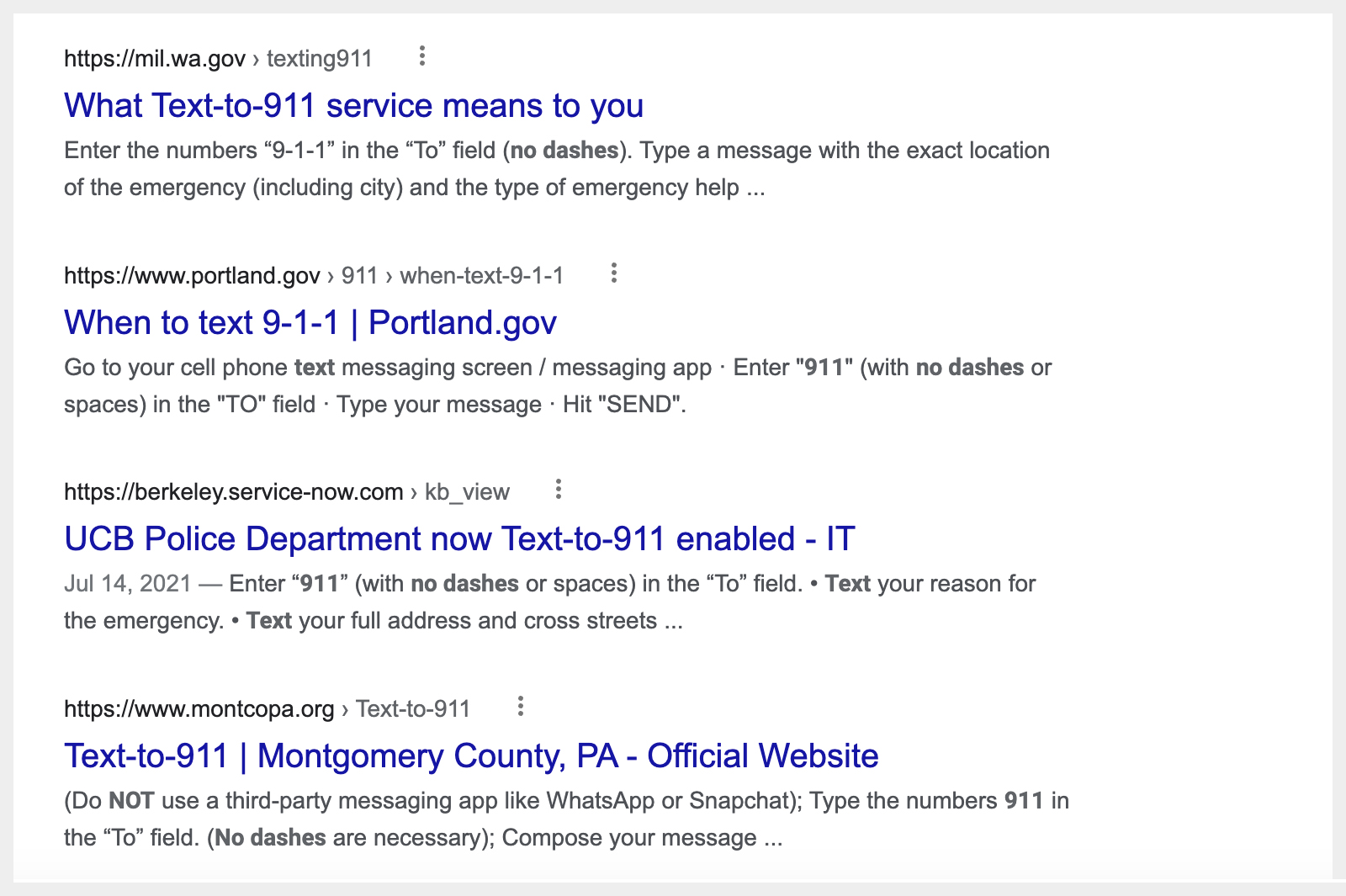
Health and safety becomes marketable
I’m sure you’ve seen the push Apple is making into public safety. Finally, enhancing health and safety via technology is going mainstream. Pretty cool right, and it’s awesome to see cutting edge technology being deployed to save lives. Kudos to them and our friends at RapidSOS for their outside the box thinking. While the tech is amazing, did you see the graphical treatment of 9-1-1 in their ad campaigns? It was 911, no dashes, and you can bet your AirPods that was done by design. While I have no inside knowledge, as a technologist who appreciates innovation, I am certain they “dropped the dashes” intentionally. Non-traditional methods of calling 911 are on the rise and will only increase as more and more devices connect. Rather than a disclaimer about dashes, why not just drop them entirely?
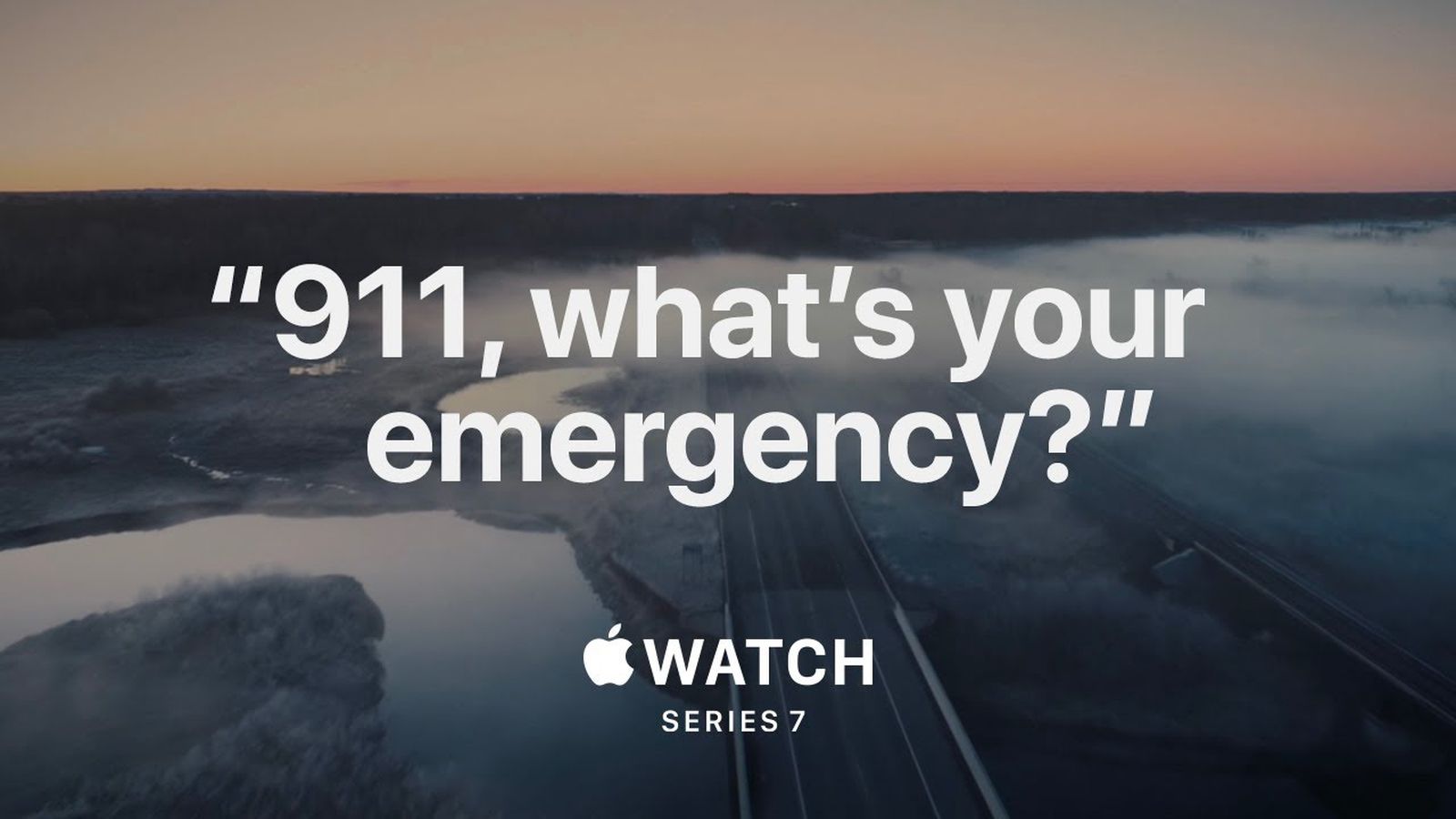
MacRumors
It’s time to drop the dashes
So, what’s my point? I’ve been in this space long enough to know that we don’t necessarily rush to embrace change, often for good reason and often because we just don’t like it. But change sometimes is good. At PowerPhone, we’ve dropped the dashes, so you won’t see 9-1-1 in any of our apps, tools or collateral. Maybe this begins a larger conversation. Maybe it’s time to drop the dashes nationwide. We’ve got this.

Office of Unified Communications – DC.gov
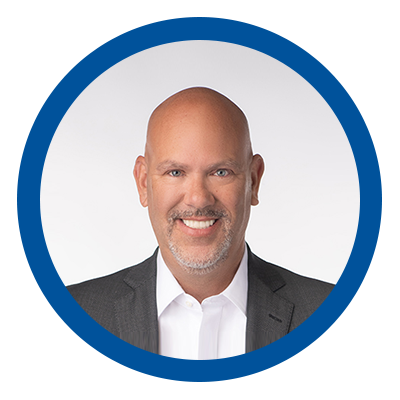
Chris Salafia is the CEO of PowerPhone. A 30-year industry veteran, he holds four patents relating to emergency communications. An unabashed futurist, he enjoys challenging the status quo and engaging people, processes, and technology to improve 911.
Connect on LinkedIn.

